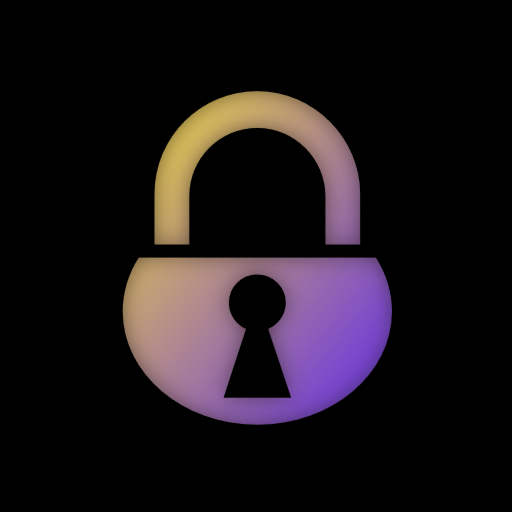

But without all that prejudice, just think of all of the missed reaction-video income…
Yes. Am not robot.


But without all that prejudice, just think of all of the missed reaction-video income…


Though there is a tinge in the fringe, there’s a word that’s not mine to use…


It does start to look like another step on the journey to the land of “you won’t need to vote”
Weed out politic nay-sayers directly… we’re already seeing some of that going on.
Then make being a member of the armed-forces ideologically untenable for those who aren’t worshipping orange. Trump’s actions must be impacting the national-pride aspect of serving for some (and changing the political disposition at the recruiting office).
If this is effective, in three years, maybe you’ll have a military significantly dominated by active supporters (or at least fence-sitters)… Now that opens up some options.


And all I can think of is…
I’m doing my Part!
[Would you like to know more?]
Thought that does make it seem like we’re part of some kind of movement, rather than just people sick of too many privacy invading ads.


Except the endangered pedestrians aren’t the buyers… The rules are to protect the pedestrians from buyers that value their purchase above the safety of others
smeeeeeeeeeeeeeeeee…
Not when it’s Buffy. It fit right in.


As far as having children goes, I think it’s more than an economic effect. We also just have a change in personal goals, supported by a change in social expectation.
Choosing to start families at a later stage or just plain choosing not to at all, is sometimes a personal choice independently of economic pressures.
It should be noted that the article title is actually “Fewer young people are meeting these 5 milestones typically associated with adulthood”, and even it’s first sentence acknowledge these milestones as a mix of economic and family milestones - “Fewer young adults are achieving economic and family milestones typically associated with adulthood…”
Last I looked, we weren’t running out of humans, so the drop-off in breeding is mostly a capitalist concern, or a bigoted concern that the wrong humans are breeding.


Firstly, check for crocs.
Then I recommend, while spreading a line of pyrethrym powder to keep away Hercules, that you make a quick call to snake control (keeping a clear line of sight for any circling dingoes and charging 'roos of course).
At this point you should be in a reasonable position (I would say safe, but when are you ever safe) to call in the professionals (do be sure to watch the trees for drop-bears).
At least that’s what I know of the SOP for such matters in Aussie.


Battlefield Earth.
Terrible, terrible, terrible movie…
…but it was shorter than the book - so there’s that.


We should look into that. Sounds like an important distinction. Luckily ‘Wageningen’ doesn’t sound American so they might still have funding.


But not whales right? Because we have have loud, orange and completely trustworthy advice that ‘windmills’ drive whales crazy.

If you start a ‘permanent role’ with them, having already secured a next role, then it is unethical. That means you know, going in, that this is not effectively ‘permanent’.
However. Having already started with them, if you find a better role, there is nothing unethical about taking that unless it contradicts an enforceable employment agreement. Maybe the role wasn’t what you thought, or someone else has valued you more highly (in remuneration, working conditions or other benefits). It goes both ways and incentivising retention is up to the business - it’s the flipside of lay-offs.

Yes, unfortunately so. And it’s been going on a long time…
Drivers didn’t want to share the road with cyclists. But they also don’t want to lose road-space to cycle-lanes.
Sabotaging the lanes has been going on a long time, is quite regular, and seems to span a wide area - I expect there are several culprits. I hope someone gets caught… given the levels of frustration I also hope things don’t get ugly when they are caught.

Especially in Wellington NZ where we currently have an ongoing problem with people dropping tacks in the cycle-lanes.
Heh. I’ve been blocked from a programming subreddit for being ‘too directly helpful’. Apparently the dozen to-and-fro conversations weren’t enough to show that OP needed more concrete direction.
Hilarious if that sees me banned from the platform at some point.
Java can only eat RAM up to a limit. So while it is memory hungry, it won’t be randomly “eating all your RAM”. Rather, more predictably it’ll eat a lot more of your RAM than you’d like.


The scary one is where you complete your code and give the test suite it’s first full run.
…and it passes…
[Cue scary dramatic music]
Damn. Must have missed a test case, there’s no way that was correct first time…
For many YouTube courses definitely.
And for some University professors too.
But it won’t be true in all cases.
Not quite literally I think.